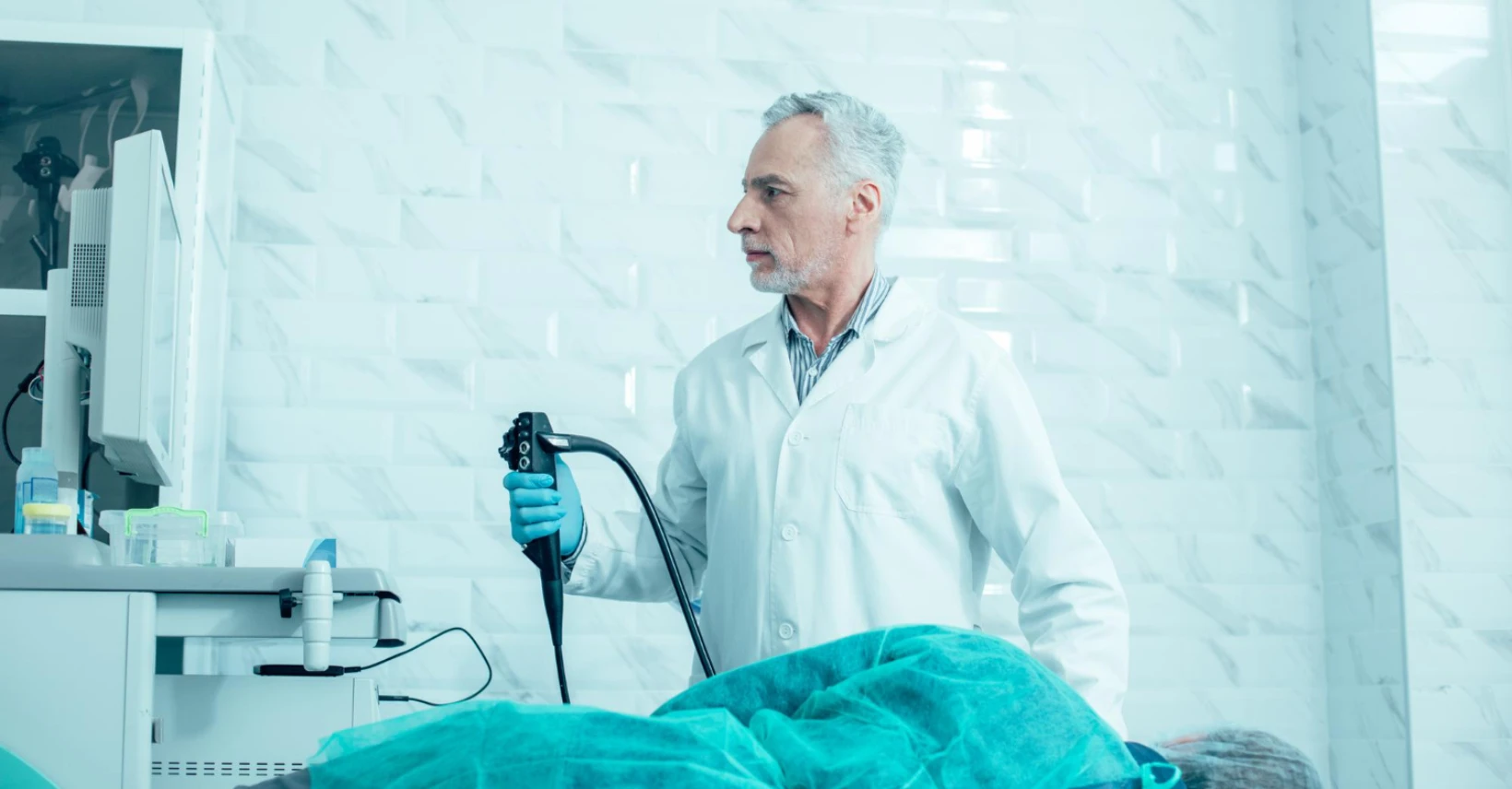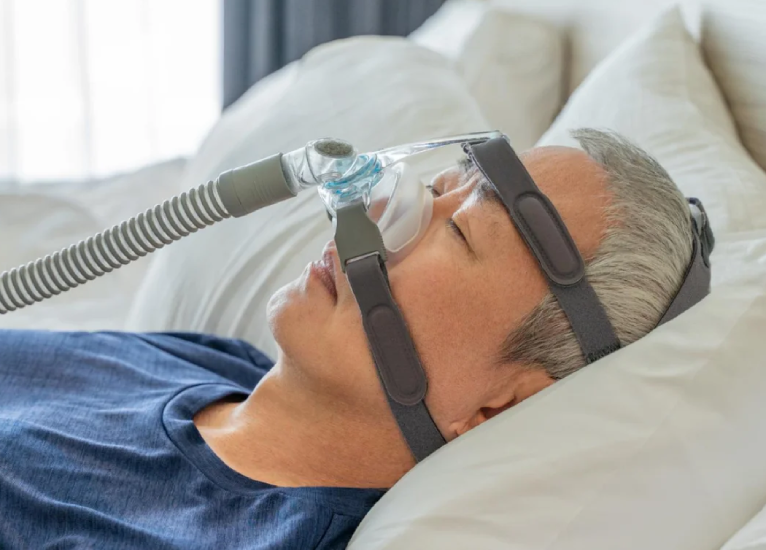A Flexible Bronchoscopy is a procedure that allows doctors to examine your airways and lungs using a thin, flexible tube with a camera and light at the tip. This test helps diagnose and monitor respiratory conditions by providing a clear view of the airways and collecting samples if needed.
The procedure can be used for:
Airway Examination: Identifying blockages, infections, inflammation, or tumors.
Biopsy Collection: Taking small tissue samples to diagnose lung diseases.
Mucus or Fluid Removal: Clearing secretions or foreign objects from the lungs.
Bronchoalveolar Lavage (BAL): Flushing the lungs with fluid to collect samples for further analysis.
Your doctor may order a Flexible Bronchoscopy to investigate unexplained symptoms such as persistent cough, shortness of breath, or abnormal imaging results.

A Flexible Bronchoscopy is a minimally invasive procedure that plays a crucial role in diagnosing and managing lung conditions. By allowing direct visualization of the airways, it helps detect infections, lung diseases, and abnormalities at an early stage.
This procedure is performed using a local anesthetic and mild sedation, ensuring patient comfort while providing detailed information about lung health. Whether for routine lung evaluation, biopsy collection, or treatment of airway obstructions, a Flexible Bronchoscopy is a valuable diagnostic tool that enhances respiratory care and guides treatment decisions.
A Flexible Bronchoscopy is essential for evaluating lung health, diagnosing airway disorders, and planning targeted treatments. By allowing direct airway visualization and sample collection, this procedure helps healthcare providers tailor therapies and improve patient outcomes.
If you have any questions about the Flexible Bronchoscopy procedure, please contact the Bronchoscopy Department at 281-713-8676.
You may be asked to avoid eating or drinking for 6-8 hours before the procedure. Your doctor may also instruct you to adjust certain medications.
A local anesthetic will be applied to your throat, and you may receive mild sedation. The flexible bronchoscope will then be gently inserted through your nose or mouth into your lungs for examination and sample collection if needed.
You may experience mild discomfort, coughing, or a sensation of pressure, but the sedation helps keep you relaxed throughout the procedure.
The procedure typically lasts 20-45 minutes, depending on the findings and whether biopsies are taken.
Your doctor will review the findings with you after the procedure. If biopsies were taken, lab results may take a few days to a week.

Copyright © 2025 PCCSS. All Rights Reserved.